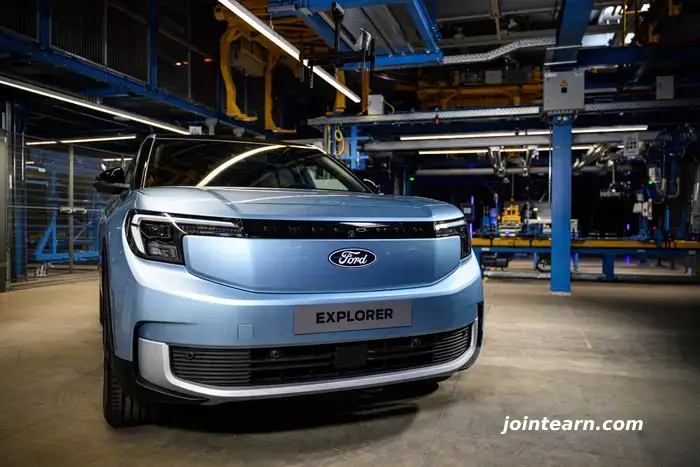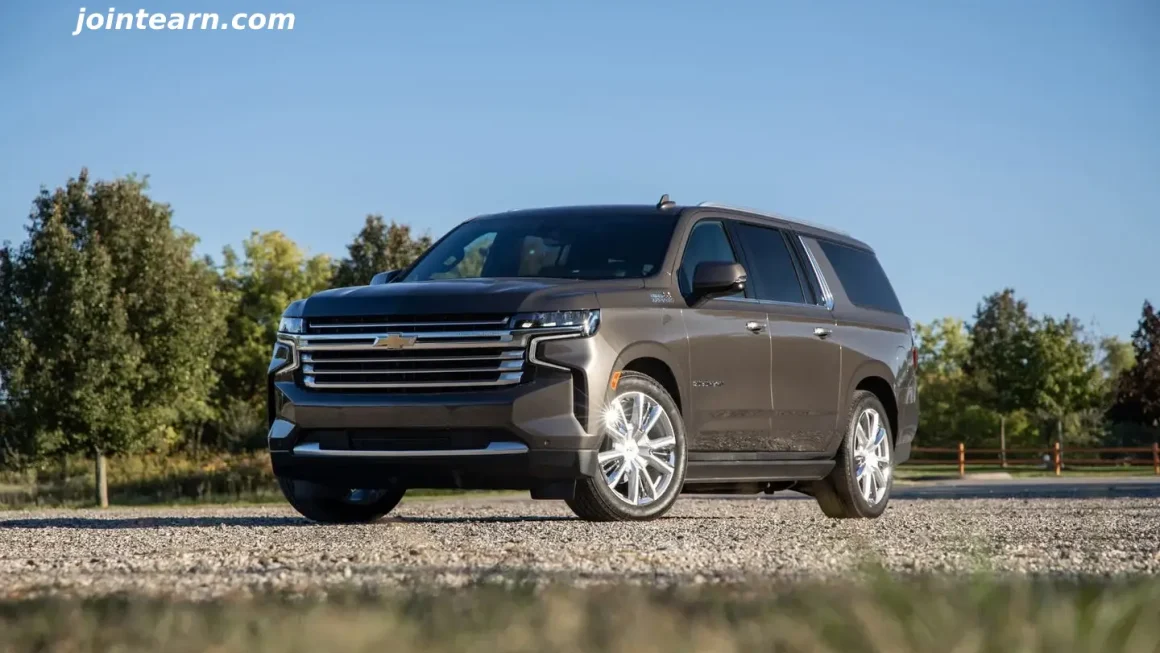Ford Motor Company says it has made a major stride toward developing cheaper electric vehicles (EVs) with longer driving ranges, thanks to a breakthrough in battery technology using Lithium Manganese Rich (LMR) chemistry. While details remain scarce, the announcement has stirred attention across the auto and energy sectors.
On April 23, Charles Poon, Ford’s director of electrified propulsion engineering, revealed that Ford is actively scaling up next-generation LMR battery cells at its Ion Park Battery Center in Romulus, Michigan. These new cells are expected to be integrated into Ford’s EV lineup before the end of the decade.
“This isn’t just a lab experiment,” Poon wrote in a LinkedIn post. “We’re working to scale LMR battery chemistry and integrate it into future electric vehicles.”
The automaker says this LMR battery breakthrough offers high energy density, enhanced thermal stability, and lower production costs — a combination that could significantly reduce the cost of EVs and extend their range per charge.
What Is LMR Battery Technology?
Lithium Manganese Rich (LMR) battery chemistry isn’t new, but Ford claims its team has made advances that address known challenges like voltage decay and gas generation, without sacrificing performance or safety. Ford spokeswoman Emma Bergg said the company is “directly addressing” those shortcomings, suggesting an improvement over traditional LMR applications.
However, industry experts remain cautiously optimistic. Sam Abuelsamid, VP at Telemetry Insights, noted that LMR and manganese-based cells have been used before — notably in early Chevrolet Volt batteries — but typically suffer from short charge-cycle life.
“The big advantage of manganese is that it’s cheap, stable, and widely available,” Abuelsamid explained. “But durability has been a concern.”
A Step Toward EV Affordability
Battery costs account for up to one-third of an EV’s total price. Ford’s LMR battery innovation could be pivotal in its mission to achieve price parity with gasoline-powered vehicles — a goal long championed by Ford Chair Bill Ford.
“EV affordability will be the catalyst for much wider adoption,” Ford said at the 2025 Detroit Auto Show.
By eliminating or reducing cobalt, a costly and ethically problematic mineral often linked to child labor, LMR technology also supports sustainable and responsible sourcing, as noted by Morningstar auto analyst David Whiston.
Still a Work in Progress
Industry watchers like Sam Fiorani of AutoForecast Solutions caution against calling the LMR battery a true “breakthrough” just yet.
“’Directly addressing’ doesn’t mean a complete solution,” Fiorani said. “But it’s progress in the right direction.”
Despite skepticism, the announcement underscores the rapid evolution of electric vehicle battery technology, with automakers like Ford and competitors such as China’s CATL racing to deliver faster-charging, longer-lasting, and more affordable EV batteries.
Ford’s current EV lineup — including the Mustang Mach-E, F-150 Lightning, and E-Transit van — is expected to benefit from these developments. In Q1 2025, Ford reported a rise in EV sales by 11.5%, totaling 22,550 electric vehicles sold.












